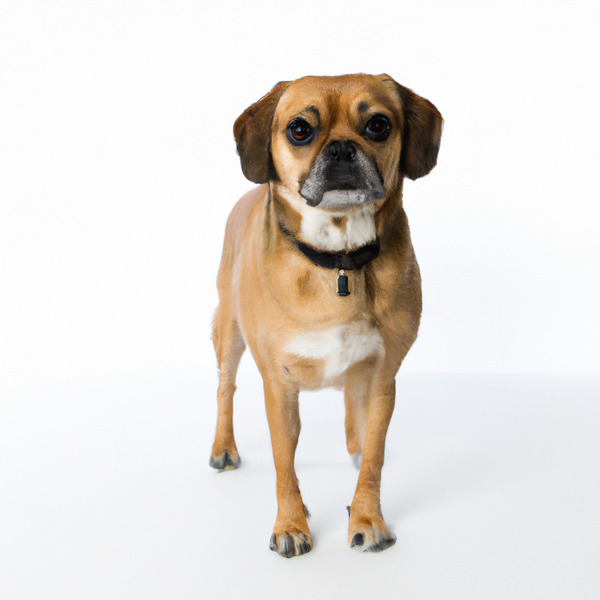Puggle vs. Italian Papihound: Breed Differences and Similarities
Hypoallergenic
Are Puggles or Italian Papihounds hypoallergenic, or neither?
Unfortunately, neither Puggle nor Italian Papihound are hypoallergenic, which may not make them the best choice for dog lovers who suffer from pet allergies.
Temperament
What are the personalities of Puggle and Italian Papihound dogs?
Affectionate
Friendly
Loyal
Social
Cheerful
Intelligent
Playful
Happy
Agile
Energetic
Alert
Intelligent
Friendly
Affectionate
Companionable
Athletic
Mischievous
Shedding Level
Do Puggles shed more than Italian Papihounds, or which breed sheds more, Puggles or Italian Papihounds?
Puggles shed a lot of hair each year, so frequent brushing is essential for reducing shedding and maintaining coat health.
Italian Papihounds shed very little hair, making them a great choice for those who dislike excess hair in the house.
Watchdog Ability
Which dog breed makes a better watchdog, the Puggle or Italian Papihound?
Puggles are decent watchdogs - they'll alert their owner if something seems amiss.
Avoid Italian Papihounds as watchdogs - they're not effective.
Origin
What is the origin of Puggle and Italian Papihound dog breeds?
United States
United States
Ancestry
What are the origins of Puggle and Italian Papihound breeds?
Beagle and Pug
Papillon and Italian Greyhound
Breed recognition
Which kennel clubs recognize/register Puggle and Italian Papihound?
Dog Registry of America Inc.
American Canine Hybrid Club
Designer Breed Registry
Designer Dogs Kennel Club
International Designer Canine Registry
ACHC = American Canine Hybrid Club
DRA = Dog Registry of America, Inc.
IDCR = International Designer Canine Registry®
Date of Birth
When were Puggle and Italian Papihound breeds first developed?
1980s
Unknown
Eye Color Possibilites
What are the eye colors of Puggle and Italian Papihound dogs?
Brown
Brown
Nose Color Possibilites
What are the natural nose colors of Puggle and Italian Papihound?
Black
Black
Coat Color Possibilites
What are the natural colors of the coat for Puggle and Italian Papihound breeds?
Black
Fawn
Red
White
Gray
Red
Fawn
Blue
Black
White
Cream
Coat Length
What is the typical coat length for Puggle and Italian Papihound breeds?
Puggles have short coats.
Italian Papihounds have medium-length coats.
Coat Density
What is the density of the coat of Puggle and Italian Papihound?
Coat Texture
What is the hair texture of Puggle and Italian Papihound?
Straight
Litter Size
What is the usual litter size for Puggle and Italian Papihound?
A Puggle can have a litter of 10-15 puppies on average. However, it's worth noting that the size of the litters can vary greatly. Factors that can influence litter size include the health of the mother, breeding history, and genetics.
An Italian Papihound can have a litter of 2-4 puppies on average. However, it's worth noting that the size of the litters can vary greatly. Factors that can influence litter size include the health of the mother, breeding history, and genetics.
Adaptability
Puggle and Italian Papihounds are known for their adaptability and versatility. They are capable of adapting well to a wide range of lifestyle changes and living environments, making them great companions for families and individuals of all lifestyles.
Health Issues
Between Puggle and Italian Papihound, which breed is more prone to health problems?
Puggles typically have low vet costs due to their good health, but it's important to monitor their health and seek vet care when necessary.
While the Italian Papihound breed is generally healthy, occasional vet check-ups are still necessary to address any health concerns.
Major Concerns
What are the major health concerns for Puggle and Italian Papihound breeds?
Stenotic Nares
Entropion
Intervertebral Disc Disease
Congenital Heart Defect
Legg-Calve Perthes Disease
Patellar Luxation
Epilepsy
Progressive Retinal Atrophy (PRA)
Minor Concerns
What minor health issues should be kept in mind when owning Puggle and Italian Papihound?
Patellar Luxation
Cherry Eye
Glaucoma
Hip Dysplasia
Epilepsy
Hypothyroidism
Corneal Ulcer
None Known
Occasional Tests
What occasional tests are recommended for Puggle and Italian Papihound breeds?
Eye
Blood
Heart
Liver Ultrasound
X-Rays
Physical Examination
Allergy Tests
CT or MRI scan
X-Rays
Eye Examination
Physical Examination
Electrocardiogram
Energy
How do the energy levels of Puggles and Italian Papihounds compare?
For those who lead a balanced lifestyle, Puggle and Italian Papihound breeds may be a good choice as they have an average energy level.
Social Needs
Puggle vs Italian Papihound social needs comparison
Puggle has average social needs and is less independent than other breeds.
Italian Papihound has above average social needs and thrives with interaction with humans and other dogs.
Exercise Needed
Puggle vs Italian Papihound exercise need comparison.
Puggles need moderate physical activity and are great for families and active individuals.
Italian Papihounds need only a small amount of physical activity, ideal for busy or elderly people or those with limited space.
Sleeping Need
Which of the two sleeps the most/least: Puggle or Italian Papihound?
Puggles have moderate energy levels and typical sleep patterns of 12-14 hours per day.
Italian Papihounds sleep less than other breeds but still need adequate sleep for good health.
Tendency to Bark
Do Puggles or Italian Papihounds bark more/less frequently?
Puggles bark moderately when necessary and may also bark due to certain triggers like fear, alarm, boredom, greeting, separation anxiety and compulsive barking.
Italian Papihound dogs are generally less vocal than other breeds and only bark when necessary, such as to alert their owner or communicate.
Mouthiness
Mouthiness Comparison: Puggle vs Italian Papihound?
Roaming urge
Puggle vs Labrador: Running away tendency?
Prey Drive
Puggle or Italian Papihound - which breed has a higher level of prey drive?
Activity Level
Which breed has higher energy, Puggles or Italian Papihounds?
Both Puggle and Italian Papihound are medium-energy dogs that enjoy socializing and playing with other dogs. They may engage in casual or sustained games of chase, and occasionally have bursts of barking or racing around the house.
Tolerance of being left alone
Walks per Week
How many miles should Puggle or Italian Papihound walk each week?
There's really no limit to how far you walk your dog as long as they're comfortable. For Puggle, it's at least 8 miles / week. Just remember to build distance and stamina gradually over time.
There's really no limit to how far you walk your dog as long as they're comfortable. For Italian Papihound, it's at least 9 miles / week. Just remember to build distance and stamina gradually over time.
Activity per Day
Do Puggles or Italian Papihounds require more exercise?
In general most Puggles usually need at least 25 minutes of exercise daily. This can be spread across the day and include all sorts of high-energy activities, like walking, running and playing.
In general most Italian Papihounds usually need at least 45 minutes of exercise daily. This can be spread across the day and include all sorts of high-energy activities, like walking, running and playing.
Grooming
Which breed is easier to maintain in terms of grooming, Puggles or Italian Papihounds?
The Puggle is a low-maintenance breed that doesn't require much grooming.
The Italian Papihound has low grooming needs and is easy to maintain.
Brushing Frequency
What is the recommended brushing frequency for Puggle and Italian Papihound dogs?
Puggle and Italian Papihound should be brushed at least once a week. Of course, you can give them more frequent brushes if you find that they are still shedding a lot.
Brushing Tools
What brushing tools are used for Puggles and Italian Papihounds?
Pin Brush
Slicker Brush
Comb
Nail Clipper
Pin Brush
Comb
Nail Clipper
Cups
How much food should be given to Puggle or Italian Papihound in cups?
For an average 15-30 pound (7 - 14 kg) Puggle feed 2 cups daily. But, keep in mind, the amount you feed is going to be dependent on the quality of the food you are feeding.
For an average 8-10 pound (4 - 5 kg) Italian Papihound feed 1 cups daily. But, keep in mind, the amount you feed is going to be dependent on the quality of the food you are feeding.
Daily Cost
Which breed has a higher daily cost, Puggle or Italian Papihound?
The average cost of a Puggle is somewhere $1.70 - $2.00 per day.
The average cost of an Italian Papihound is somewhere $1.00 - $1.40 per day.
Monthly Cost
Which breed has a higher monthly cost, Puggle or Italian Papihound?
The average per month expenses of a Puggle is between $48 - $63. This makes an average of $576 - $756 per year. It will be on the higher side when the dog is still small because it will need more frequent visits to the vet, shots.
The average per month expenses of an Italian Papihound is between $35 - $42. This makes an average of $420 - $504 per year. It will be on the higher side when the dog is still small because it will need more frequent visits to the vet, shots.
Intelligence
Comparing Intelligence: Puggles vs Italian Papihounds
Puggle has below average obedience intelligence, but they excel in understanding human emotions.
Italian Papihound is a very intelligent and trainable breed.
Sensitivity Level
How do Puggle and Italian Papihound compare in sensitivity?
Puggles have average emotions and adapt well to different situations.
This breed is sensitive and requires gentle handling and a calm home environment.
Affection Dependance
Which is the more affectionate dog breed: Puggle vs Italian Papihound?
Apartment Friendly
Which breed is more apartment-friendly: Puggle or Italian Papihound?
Puggles make excellent apartment dogs, being fairly active indoors and not requiring a yard.
Italian Papihounds are good apartment dogs as long as they get enough exercise and stimulation outside of the apartment.
Child Friendly
Do Puggles or Italian Papihounds have a friendlier temperament towards children?
Puggles make excellent family pets for kids due to their gentle, protective nature and calm temperament.
Italian Papihounds have an average level of friendliness towards children.
Senior-friendly
Which dog is more suitable as a pet for the elderly - Puggle or Italian Papihound?
Cat Friendly
Do Puggle or Italian Papihound breeds have a better compatibility with cats?
Puggles are average in their friendliness toward cats and tend to do well with them, especially if raised together.
Italian Papihounds are good with cats, but early training is needed to prevent chasing behavior.
Dog Friendly
Which breed is more sociable with other dogs: Puggle or Italian Papihound?
Puggles are generally very friendly towards other dogs, with a happy and affectionate temperament.
Italian Papihounds are average in their friendliness towards other dogs, and socialization can help.
Pet friendly
How do Puggle or Italian Papihound dogs interact with other pets?
Stranger Friendly
Which breed is more friendly with strangers: Puggle or Italian Papihound?
Puggles are highly friendly around strangers.
Italian Papihounds are friendly but may bark at strangers, and training is easy due to their intelligence.
Playfulness
Which breed is more playful between Puggle and Italian Papihound?
Puggle and Italian Papihound are playful dogs. So, no matter how busy the day may get, the best thing you can do for Puggle and Italian Papihound is to make time each day to play. It can be as little as 15-20 minutes, and it will mean the world to them.
Trainability
How do the trainability levels of Puggles and Italian Papihounds compare?
Puggles may require more time and patience to learn commands, but with consistency, they can be trained.
Italian Papihounds are popular for their ease of training and quick learning ability.
Compare Puggle with other breeds
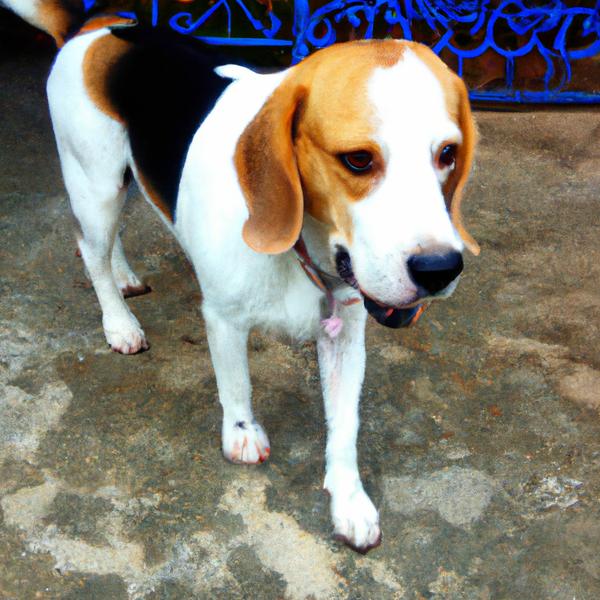
Beaglolo
Puggle vs Beaglolo
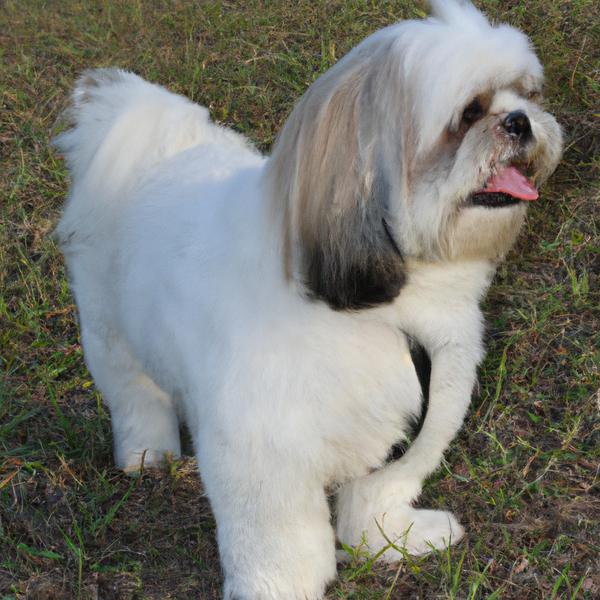
Shih Apso
Puggle vs Shih Apso
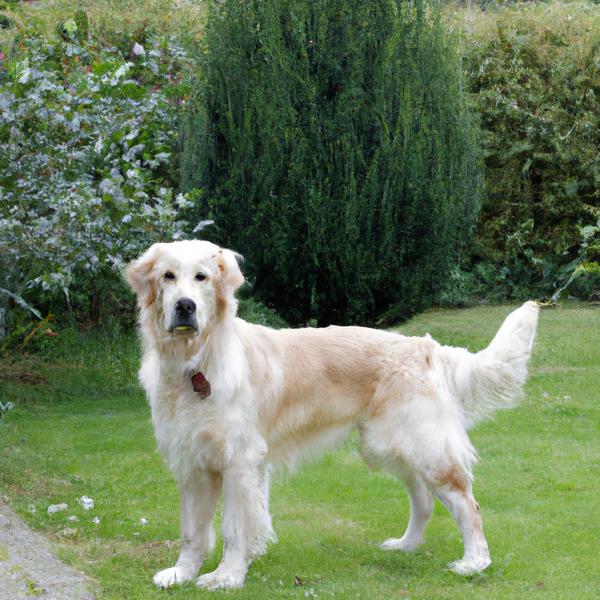
Spangold Retriever
Puggle vs Spangold Retriever
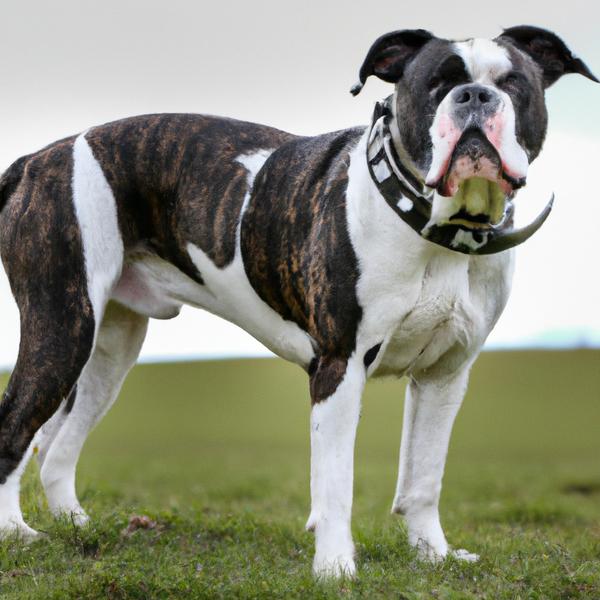
English Bull Springer
Puggle vs English Bull Springer
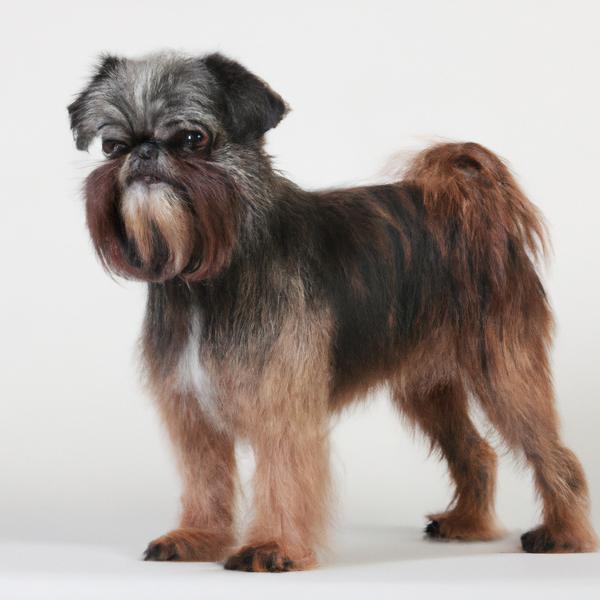
English Toy Griffon
Puggle vs English Toy Griffon
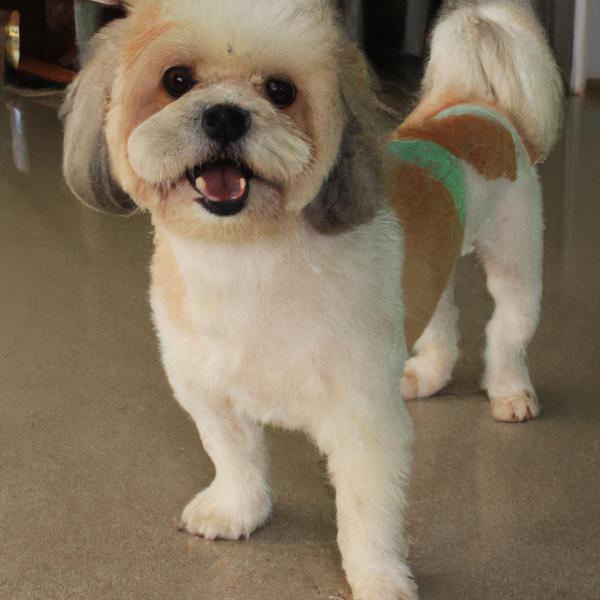
Pekepoo
Puggle vs Pekepoo
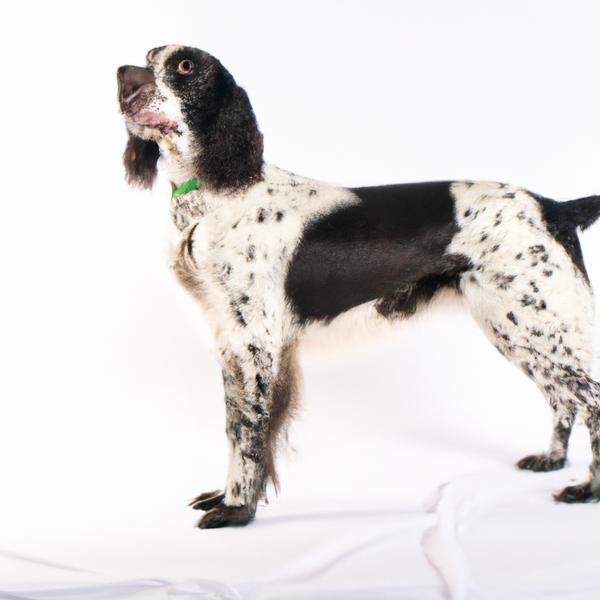
English Spanador
Puggle vs English Spanador
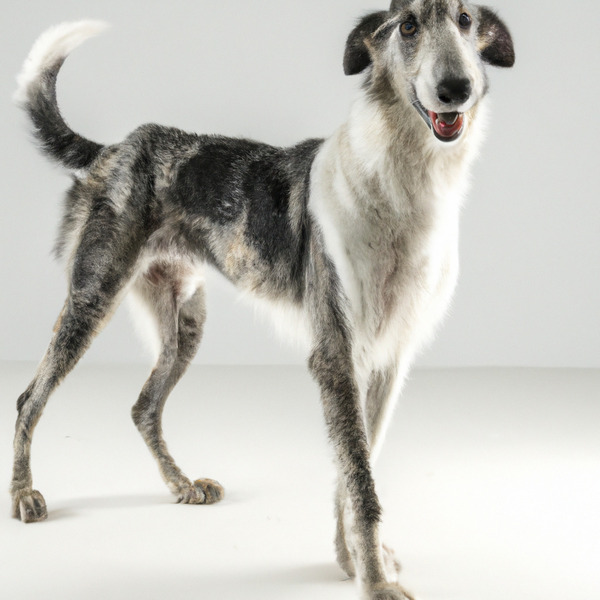
Aidi
Puggle vs Aidi
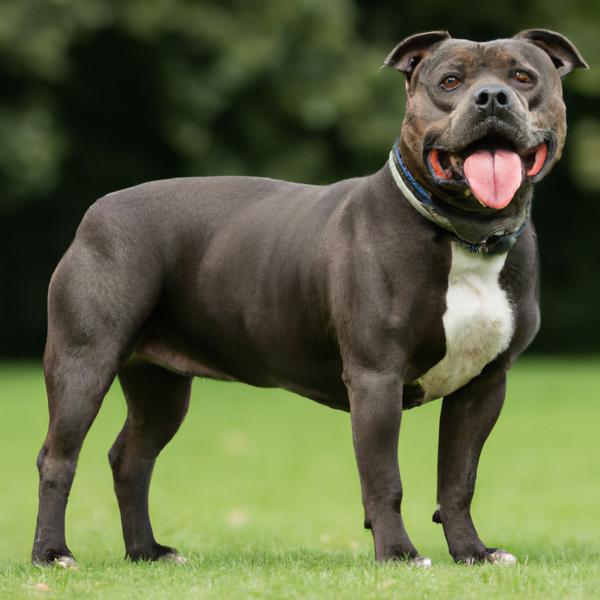
American Bully Staffy Bull Terrier
Puggle vs American Bully Staffy Bull Terrier
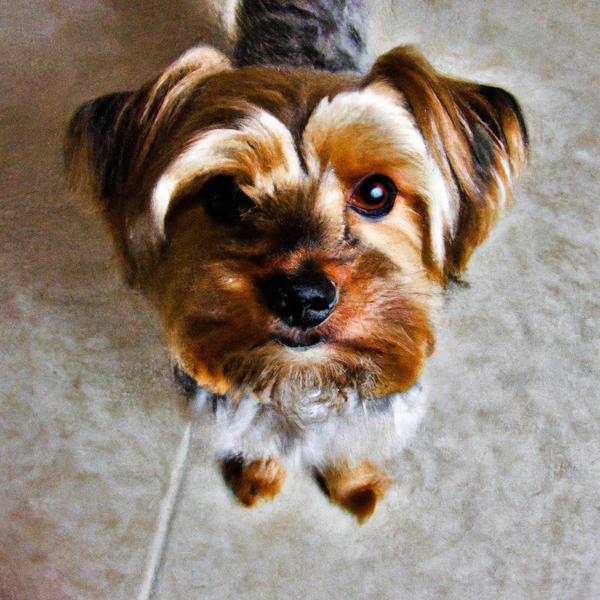
Carkie
Puggle vs Carkie
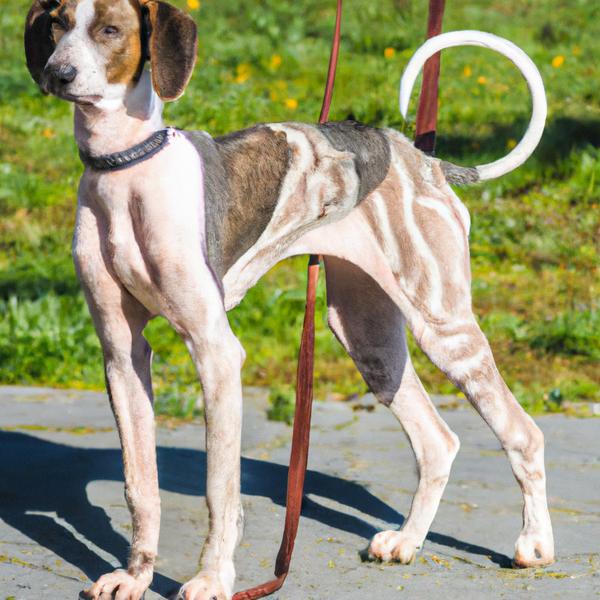
Italian Papihound
Puggle vs Italian Papihound
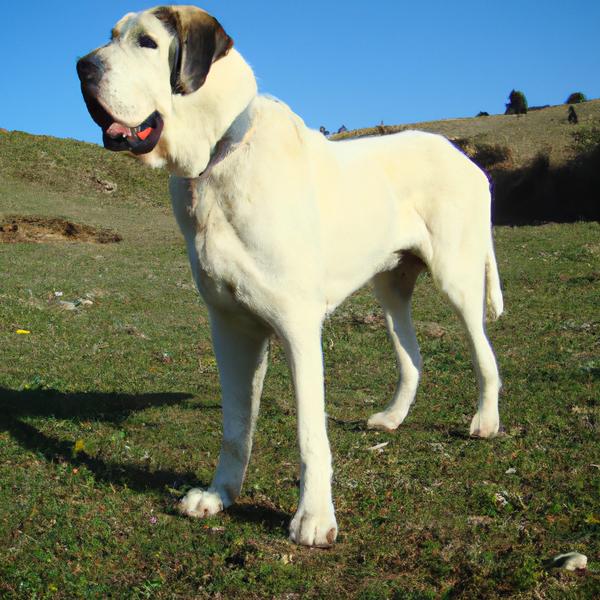
Great Pyredane
Puggle vs Great Pyredane
